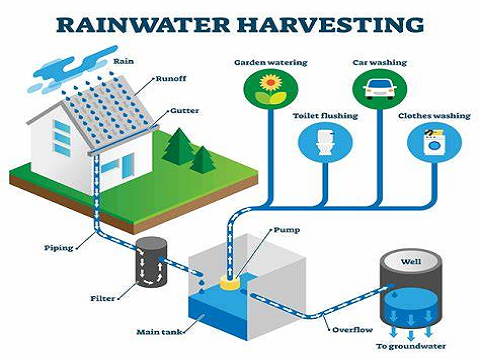How Rainwater Harvesting Systems Work
Published on: 2024-08-07 Views: 557

Rainwater harvesting is a sustainable development practice that utilizes rainwater resources and is widely used in urban, rural and industrial areas. It works in three main steps: collection, filtration and storage.
Firstly, rainwater is collected through a building's roof, road or other surface into a specific collection device, such as a roof drainage system or rain barrel.
Secondly, impurities and pollutants are removed from the rainwater through a series of filtration devices, such as grids, filters and self-cleaning devices, to ensure that the quality of the rainwater meets the requirements for subsequent utilization.
Finally, the treated rainwater is stored and can be used for irrigation, flushing, or even drinking water. Rainwater harvesting helps to reduce the burden on urban drainage systems and alleviate water dilemmas in arid areas, while also helping to purify the natural environment and protect water resources. It is worth mentioning that rainwater harvesting systems can also improve the green index of buildings, in line with the concept of sustainable development.
Therefore, rainwater harvesting, as an environmentally friendly water conservation measure, is not only conducive to saving freshwater resources, but also improves the quality of the urban environment. Through scientific planning and rational design, rainwater harvesting systems will play an important role in the sustainable development of cities in the future.
